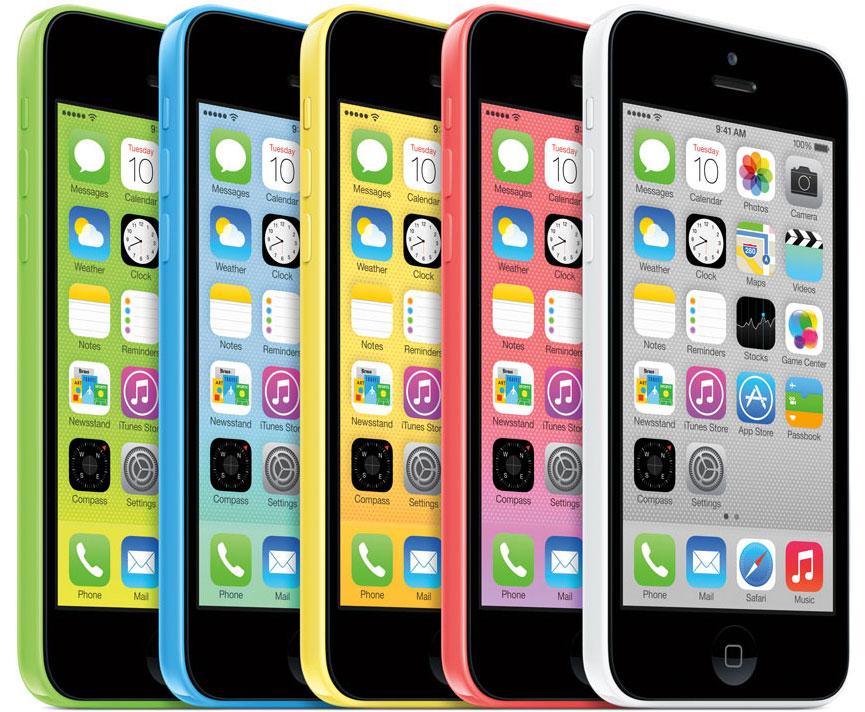
Long & McQuade is one of Canada’s most successful home-grown business with an annual revenue closing at $300 million. All of the stores are corporately owned and Long & McQuade’s value preposition is not to make profit, but to retain a long term relationship with their customers; this preposition makes up their unique business model.
Not many firms are able to be successful just based off of customer loyalty, thus this gives Long & McQuade a competitive edge. Since this business is still run by the family, I think the family atmosphere corporate culture still exists. As learnt in class, the culture begins with the founder. The corporate culture of this company would then lead to a flatter and more centralized corporate structure.
As a long time piano, orchestra, and band student, I am very accustomed to visits to my local Long & McQuade. This company is a long-time sponsor for my high school band, and I think that most of the marketing is through the band folders they distribute, and the music festivals they support. Additionally, whenever I walk into Long & McQuade, I feel very welcomed and the employees are extremely helpful. If given the choice, I would rather go to Long & McQuade than Tom Lee.
Sources:
http://www.theglobeandmail.com/report-on-business/small-business/sb-growth/long-mcquade-ceo-on-family-owned-business-success/article15478894/








 After getting their proposal shot down in 2011 to build a mega-casino, Paragon Gaming has returned with another idea: to build a luxurious sports-entertainment district similar to the one in LA. To me this sounds like a great idea, but why is Vancouver not Vegas still petitioning against them? I understood why the mega-casino was a bad idea, it promoted gambling which can increase the debt rates in Vancouver. Additionally, it was an economically inefficient use of the land.
After getting their proposal shot down in 2011 to build a mega-casino, Paragon Gaming has returned with another idea: to build a luxurious sports-entertainment district similar to the one in LA. To me this sounds like a great idea, but why is Vancouver not Vegas still petitioning against them? I understood why the mega-casino was a bad idea, it promoted gambling which can increase the debt rates in Vancouver. Additionally, it was an economically inefficient use of the land.